This adaptable material carrying device is known by several different names across North America, including platform bodies, flatbeds, and dump bodies. A platform body appears so straightforward at first glance. However, choosing the incorrect flatbed for your needs can result on a work vehicle that is ineffective and even hazardous. When it comes time to purchase your next platform body, use these six suggestions to set it up properly for your position.
1. Body Lenght
The length of the body you select will directly depend on what you plan to load on your flatbed. Verify the length of your platform body to ensure safe hauling. Choose carefully because flatbeds can range in length from 7′ to 26′.
2. Sides
The majority of platform bodies include stake pockets as standard features that can accommodate a wide range of side alternatives for greater cargo retention. There are many different side options, including drop sides, solid sides, landscape racks, and stake sides.
3. Floor Type
Your choice of floor should depend on the load’s weight as well as external conditions. The typical flooring material is tongue-in-groove pine. There are, however, a variety of different choices that might be a better fit for your application. Common flatbed floor options include smooth steel, treadplate, apitong, polyboard, even wood with steel overlay (for harsh uses).
4. Secure Load
Operators operating a platform body should put safety first in transporting items. Think about alternatives like integrated D-ring tie downs, rope hooks, underbody sliding tie-down channels, and cargo straps to assist keep the weight from shifting.
5. Bulkhead
A bulkhead may mean the difference between life and death for the operator and any occupants in the case of an accident or hard stop. Pick a bulkhead with a punched window that allows view out the back window while entirely enclosing the cab’s back. A weld-on style bulkhead is more durable than a drop-in style bulkhead for hauling heavy weights.
6. Trailer
a trailer towing? Depending on the trailer you need to tow, make sure to specify a flatbed with either a pintle hitch or a receiver hitch. It is advised to use an ICC bumper for under-ride protection and to make sure you are in compliance with the Federal Motor Vehicle Safety Standards whether or not you require a rear hitch.

